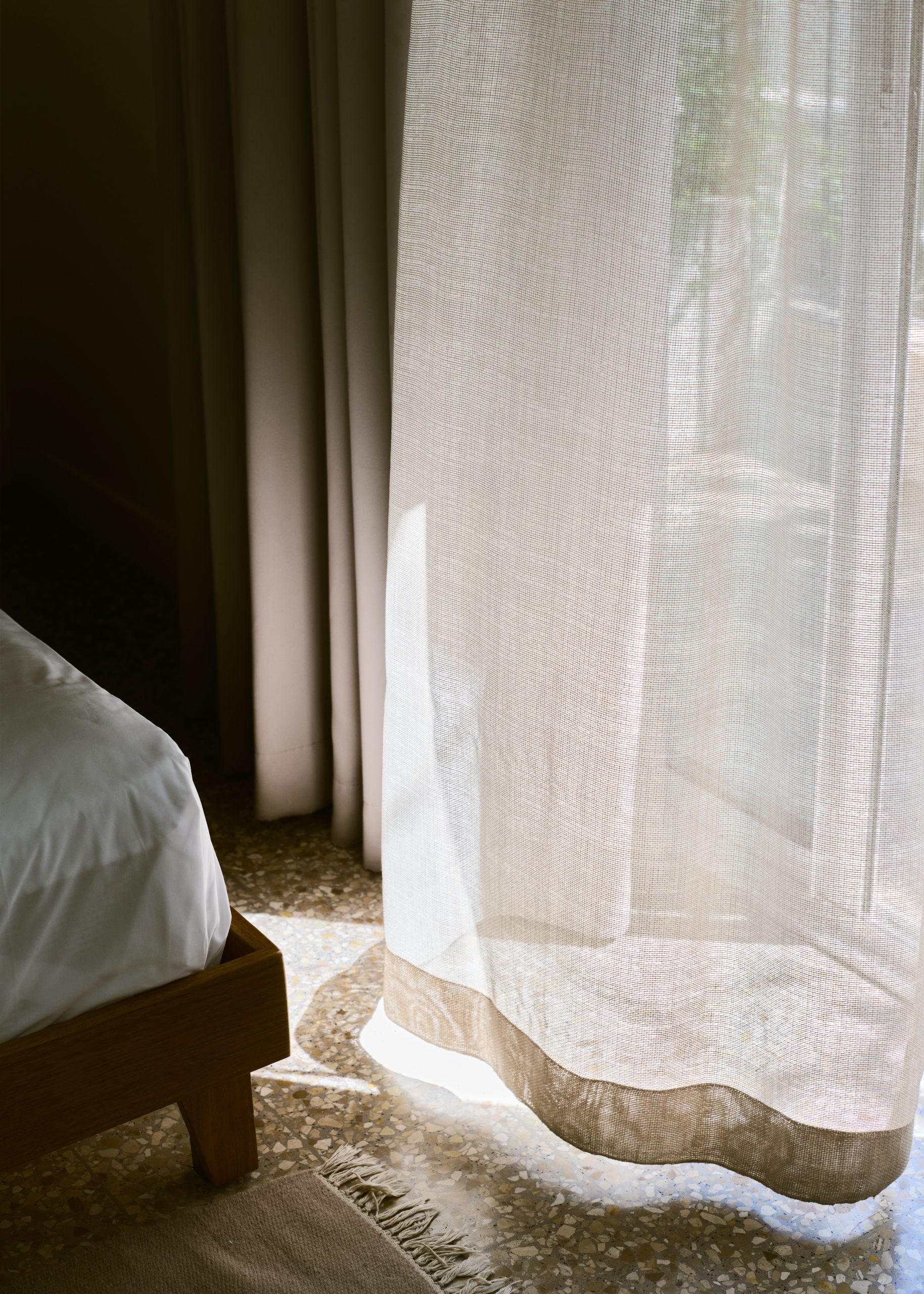Bauhaus Architecture – Ecological Design in the 1930s
Author: Noa Even
Bauhaus Architecture – Ecological Design in the 1930s
Founded in 1909, the architecture of Tel Aviv is the product of a rich and profound history. Tel
Aviv, known as “The White City,” was recognized as a UNESCO World Heritage Site in 2003 for
housing more than 4,000 Bauhaus buildings. The Bauhaus School of art, architecture, and
design was established in Germany in 1919 and was shut down by the Nazis in 1933.
A total of 700 individuals who enrolled at the Bauhaus during its brief 14-year existence
dispersed globally. Among them were four architects—Arieh Sharon, Munio Gitai Weinraub,
Shmuel Mestechkin, and Shlomo Bernstein—who moved to British Mandatory Palestine in the
1930s. This migration presented a unique opportunity, a modernist architect’s dream: to shape a
20th-century city almost from scratch and to leave a mark as the founding fathers of a young
city’s architecture. The quartet introduced Tel Aviv to Bauhaus movement ideas and the
International Style, a Bauhaus-influenced architectural style. Nearly a century later, the Bauhaus
movement’s legacy continues to resonate in the work of local designers and artists.
Bauhaus principles included the unity of art and technology, adherence to the “form follows
function” doctrine, and an emphasis on simplicity, clarity, and utility. Bauhaus buildings were
designed to be energy-efficient, with large windows that allowed natural light in, reducing the
need for artificial lighting. The city’s climate harmonized well with Bauhaus architecture, as the
designs helped keep buildings cool in the summer and warm in the winter. Furthermore, the flat
roofs of Bauhaus buildings often accommodated gardens, which helped cool the structures
further and reduced energy consumption. Today, we recognize this approach as “sustainability.”
Although Bauhaus architects did not have an ecological focus based on today’s understanding
of sustainability, Bauhaus buildings play a significant role in the city’s sustainability efforts.
In the 1930s, the International Style was easily adopted because of its simplicity, suiting a
society that couldn’t afford affluence. Constructing energy-efficient and “sustainable” buildings
was practical – construction needed to be quick, cost-effective, and often had to accommodate
multiple families.
A rapid population increase posed challenges, and Bauhaus buildings emerged as a solution,
providing housing and urban amenities for thousands of newcomers. Tel Aviv boasts more
Bauhaus buildings than any other city in the world. Some have been repurposed into boutique
hotels, museums, or law firm offices, while many others remain residential buildings.
Classical Bauhaus structures, such as the Max Liebling House designed by Dov Carmi and
located at 29 Idelson St., stand as testaments to this era. Today, the Liebling House serves as a
museum. Adjacent to the Liebling House is Bialik Street, where the recently renovated first Tel
Aviv City Hall and a collection of International Style buildings can be found. The Grauss House,
located at Bialik No. 9, was designed in 1933 by Philip Huett. Currently, the building serves as a
residence owned by Zak and Candida Gertler, one of Germany’s wealthiest property owners.
Architect Philip Huett also designed the building at 48 Rothschild Avenue, which was recently
renovated to serve as a boutique hotel, with a restaurant on the entrance floor.
Another notable Bauhaus building is the Engel House, situated at 84 Rothschild Boulevard. It
was designed by Zeev Rechter in 1933; today, the Engel House is a luxury apartment building
One of the first movie theaters in Tel Aviv, “Esther Cinema,” designed by Yehuda Magidovitch
and located at 1 Zamenhoff Street, was constructed in 1939. In the ’90s, it was renovated and
today, the place serves as a hotel under the name “Cinema Hotel.”
The Liebling House and Hotel Saul invite you to get to know the White City through fascinating
tours: “The Story Behind the Liebling.”
On a tour of the Liebling House, we will explain how the building is a representative example of
the unique International Style architecture in Tel Aviv. You will hear the stories of the families
who lived there, and we will examine how and whether contemporary architecture managed to
preserve the spirit of the place.
We will also visit the exhibitions on display at the Liebling House, which raise important issues in
the history of the White City and its daily life. The tour is guided by architects, planners, and
creators from the Liebling House team.
The tour takes place every Saturday.
English language tour – at 11:00
Hebrew language tour – at 12:00

